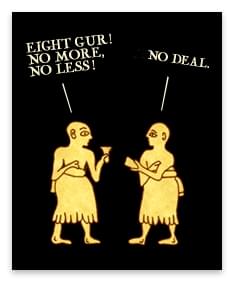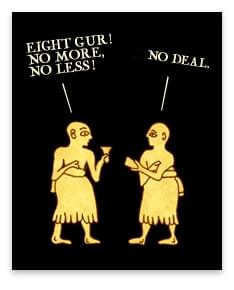Economics
Pharma Pricing Policy and the Folly of Price Control
Prashanth Perumal
Dec 07, 2012, 06:15 AM | Updated Apr 29, 2016, 02:00 PM IST
Save & read from anywhere!
Bookmark stories for easy access on any device or the Swarajya app.


Last week the UPA Cabinet gave its nod to the ‘National Pharmaceutical Pricing Policy’ which is aimed at bringing down the prices of 348 essential drugs to “reasonable” levels. Going forward, in accordance with the new policy, the prices of these drugs are to be set based on their production costs thus allowing the government to rein in on the profit margins of pharmaceutical companies and also making the drugs more affordable to buyers.
What the framers of this policy, however, do not seem to understand is the very basic nature of prices. When they frame an overarching policy to decide what the “reasonable” price of drugs should be, they prefer to consider market prices as mere numbers openly manipulated by profit-seeking pharmaceutical companies, with the government’s task then being to assume the role of saving the hapless consumers from predatory drug companies. Unlike what the policy-makers may want to believe, prices in a market economy play a bigger role of transmitting information and coordinating economic activity.
Nature of market prices
The theory of value (or price) dominated intellectual pondering about economics during the 19th century with most political economists subscribing to the cost-of-production theory of value. The cost theorists came in various kinds, but the most prominent were the proponents of the labor theory of value that held prices of goods to be a function of the amount of labor that went into producing them. Irrespective of differences on what adds up to determine the cost of goods, all cost theorists agreed unanimously that the price of goods was determined essentially by the cost of the factors that went into their production.
This dominant view on market prices was dethroned in the same century by three political economists in the 1870s, with this intellectual milestone often called the ‘Marginal Revolution’. The Marginalists (proponents of the subjective theory of value) destroyed the cost theorists by successfully explaining the Diamond-Water Paradox, which remained an enigma that the cost theorists could not explain.
In simple words, for those unaware of the diamond-water paradox, it was shown by the Marginalists that diamonds are much more expensive than water (although water is essential to life while diamonds are luxury goods) because water is in relative abundance compared to marginal demand, while diamonds are scarce compared to marginal demand. The undisputed conclusion from the debate on the theory of value was that value is not determined by the cost of the factors of production, but by the subjective, marginal utility of consumers who buy the goods and services.
When market prices are seen as reflections of underlying marginal preferences or choices of consumers, they represent not mere numbers prone to manipulation by producers but rather represent signals that serve to coordinate production according to consumer demands.
Folly of price-ceilings
From the look of it, the framers of the Pharmaceutical Pricing Policy seem to be trapped in the same kind of fallacious thinking that the cost-theorists of the 19th century fell prey to. The direct consequence of this fallacy is the view that governments can actually, and ought to, step in to rein in the prices of essential drugs. The fact that prices of essential drugs are ultimately determined by consumer demand is something that seems to miss their minds.
From the Marginalist perspective, the ramification of price ceiling is clear: with the drug companies barred from charging higher prices, they will be left with no other option but to reduce supply. Be it the case of increased production leading to higher costs (thus making it unprofitable to continue production at the lower ceiling price), or the ceiling price of drugs failing to cover even the existing cost of production, both cases would lead to a decrease in the supply of drugs than would have been otherwise.
Some may object that the pricing policy would not affect the supply of drugs arguing that the ceiling price could be adjusted allowing a “reasonable” profit margin for the drug companies. But these critics would inevitably have to make unrealistic assumptions to make their arguments hold true. One of the assumptions is that the ceiling price would be sufficiently high to continue to allow drug companies to increase the supply of drugs in the market. Even if this assumption holds true, it is only a matter of time before the effect of economies of scale sets in and the price ceiling starts to adversely affect the supply of drugs. As previously mentioned, in this case the supply of drugs available in the market would be lower than would have been otherwise without the price ceiling in place. Another unreasonable assumption is that, given the lower profit margins, drug companies would continue to allocate additional capital to producing drugs rather than moving their capital to other (more profitable) product markets, or, even worse, move capital to markets in other countries.
With the passing of the new pricing policy, it’s reasonable to expect higher drug prices in the future with lesser number of companies left to compete in the Indian drug market. Even the companies that survive the price squeeze would opt to cut costs by compromising on quality leading to decreased consumer welfare.





